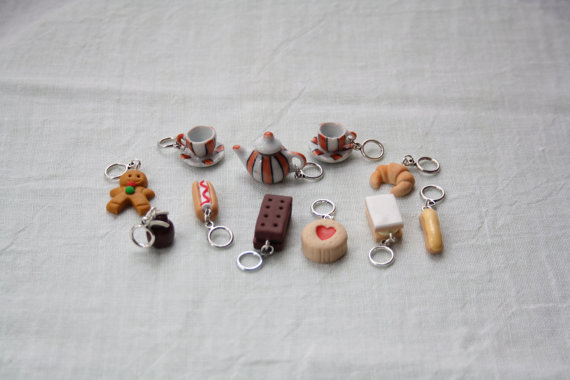When I found out my best friend Sam was having a new baby girl, I knew I wanted to make her something extra special. It was then that I spotted the Filet Crochet Bunny Blanket on the beautiful Instagram holly_pips (take a look – Holly’s blanket colour combos are just so dreamy!).
I couldn’t get it out of my head. I’d never tried filet crochet before, but after much deliberation I decided to give it a go. And I’m so glad I did!
Filet crochet, sometimes known as pixel crochet, involves working a series of gaps and blocks to create a pattern. After initially not realising I’d picked up a US pattern (so dc didn’t quite mean what I thought it meant, which almost resulted in me launching the whole thing off my balcony before I worked it out), I was soon hooking along just fine.
It’s quite a simple technique to pick up, though it’s initially a bit tricky getting the tension right and remembering to pull out the stitches to create tall enough squares. You can see at the bottom of my blanket that it got a teensy bit puckered while I was still getting the hang of it, but once I’d given the whole thing a wash it was far less noticeable! The pattern also gave me a chance to crochet my very first border, which gave the whole thing a really polished look.
For my blanket, I used Sirdar Hayfield Baby Aran in Cream. It was beautiful to work with and washed really well; it was only after I finished that I realised it definitely needed to be machine washable seeing as it was for a newborn and a busy mum, and luckily it was!
Unfortunately I never got around to taking many pictures, but here’s one that really shows off the pattern.
And here’s one last one of a happy little me with the blanket all wrapped up just before gifting it to Sam.
Have you tried filet crochet? Or even this pattern? I’d love to see – if you have one, share a link to your project in the comments below!









































